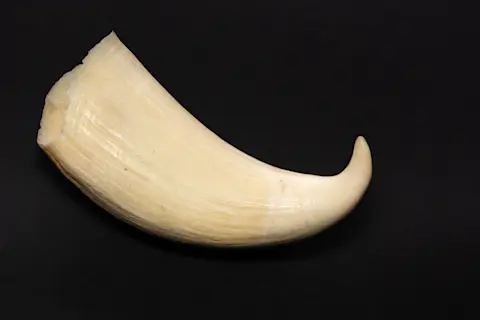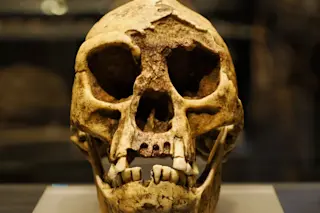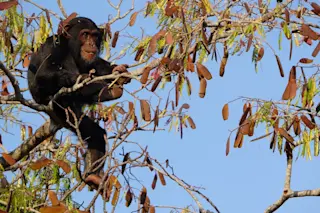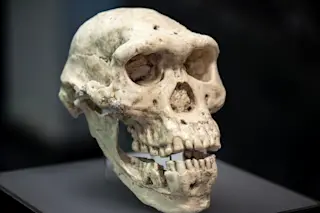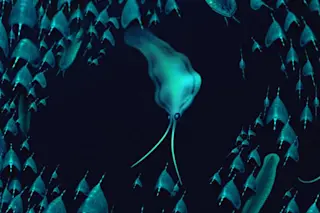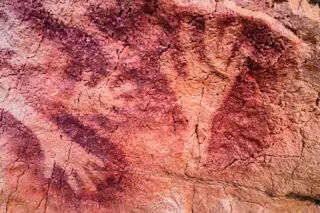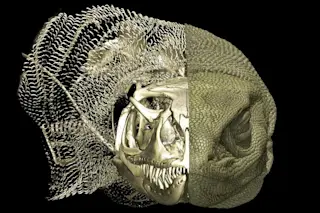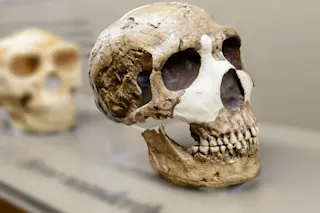The migrations of sperm whales are impressive, and so, too, are the travels of their teeth.
In 2018, a team of archaeologists discovered a fragment of a sperm whale tooth at Valencina, a Copper Age archaeological site near Seville in southwest Spain. Deposited at the site over 4,000 years ago, the find represented one of the first discoveries from a Copper Age site in Spain, but its arrival at the site — some 40 miles from the sea — remained something of a mystery.
A new study in PLOS One solves much of this mystery. Tracing the tooth’s trip from the sea to the site, the analysis suggests that the ocean played an important part in the culture of Valencina.
“The sperm whale tooth studied in this paper is the only of its kind ever found in Copper Age Iberia,” the study authors stated. “The discovery of this piece underlines ...

